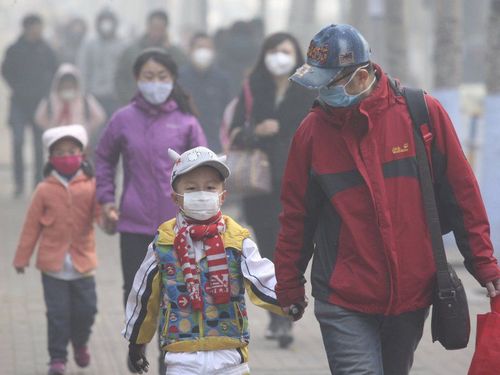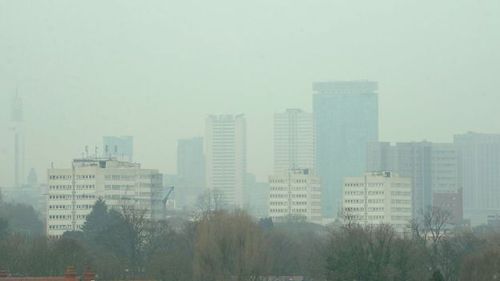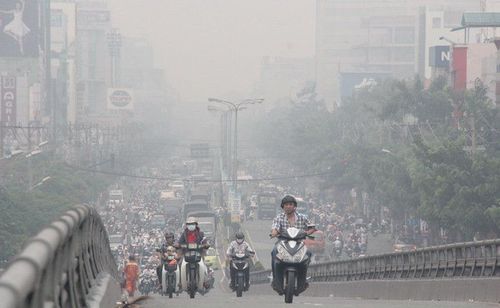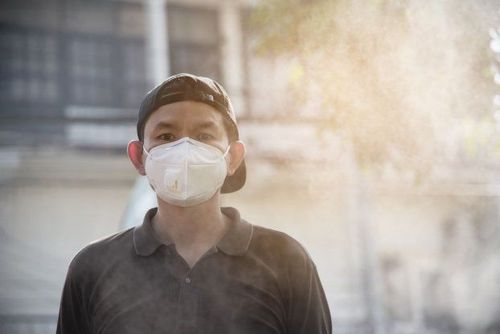This is an automatically translated article.
The statistics of the Vietnam Center for Environmental Monitoring have shown that the concentration of fine dust pm2.5 and fine dust pm1.0 in the air in Hanoi and Ho Chi Minh City areas is at an alarming level, exceeding the threshold. standards of the World Health Organization (WHO) and has the potential to directly affect human health.
1. What is pm2.5 fine dust?
Dust is a noun that refers to a complex mixture of inorganic and organic particles in liquid or solid form, capable of being suspended in the air. Dust or compounds present in dust are collectively known as Particulate Matter, symbol pm.
Probably many people have never heard and do not know what pm2.5 fine dust is and how it affects health. To explain this problem, experts define pm2.5 fine dust as tiny dust particles in the air with a size of 2.5 microns or less (compared to a human hair, it is about 30 times smaller than a human hair). ). PM2.5 fine dust is formed from substances such as nitrogen, carbon and other metal compounds.
When the concentration of pm2.5 fine dust in the outdoor air increases, the air will be dimmed and visibility will be reduced to look like fog. PM2.5 fine dust can easily enter the human body through inhalation and cause a number of dangerous diseases such as stroke, heart disease, cancer.... People are often exposed to dust. Fines can face health problems such as sneezing, runny nose, shortness of breath, dry eyes ... long-term exposure will increase the rate of decreased lung function, chronic bronchitis and increase mortality from lung cancer and heart disease in patients. According to statistics, each year, pm2.5 fine dust can increase by 10μg/m3, which means that the number of emergency patients for high blood pressure will increase by 8% and cardiovascular diseases will also increase significantly.
In addition to the above dangers, pm2.5 fine dust is also known as an assassin that can promote and accelerate the progression of cirrhosis and increase the risk of metabolic diseases and dysfunction. liver function, which contributes to the development of diabetes.
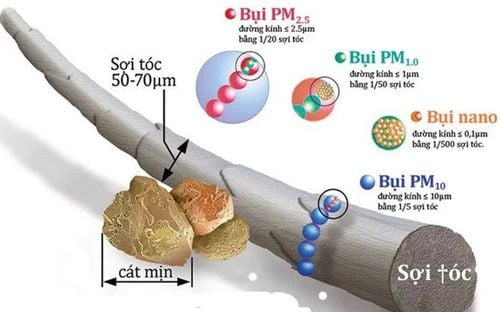
Bụi mịn pm2.5 là những hạt bụi li ti có trong không khí với kích thước 2,5 micron trở xuống
2. What is PM 1.0 fine dust?
Simply put, fine dust pm 1.0 is liquid or solid dust particles floating in the air. The word PM stands for the English word - Particulate Matter, which means granular substance (solid or liquid). Index 1.0 is an index of the size of particles less than or equal to 1 micrometer in diameter. Fine dust pm 1.0 (under 1 μm) has appeared in our country for the past few years, especially on days when the temperature is low or the air is dry.
In addition to the ability to cause respiratory diseases, fine dust pm 1.0 can also attack the alveoli, pass through the patient's blood-gas barrier to enter the circulatory system and cause disease, even It can also affect the nervous system and affect the structure of DNA, causing psychological illness and serious memory loss for patients.
3. Fine dust pm2.5 and pm 1.0 cause unpredictable harm
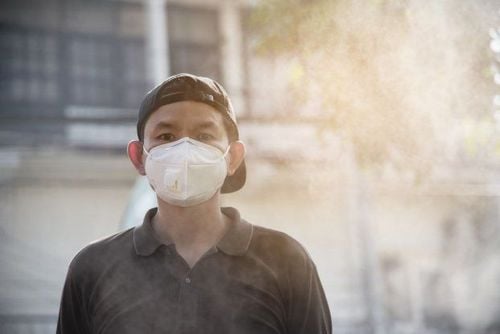
Tịch tụ các loại bụi mịn này trong thời gian dài sẽ làm tăng nguy cơ phát bệnh ở hệ thống tim mạch, hô hấp, tuần hoàn và cả hệ sinh sản
Research by the International Agency for Research on Cancer (IARC) and the World Health Organization (WHO) has shown a consensus correlation between the level of air pollution and the incidence of cancer in the past few years. Specifically, if the density of fine dust pm 1.0 in the air increases to 10 μg/m3, the cancer rate will also increase by 22%, and the density of fine dust pm2.5 increases by 10 μg/m3, the rate of lung cancer will increase to 36%.
Fine dust pm2.5 and pm 1.0 enter the human body through the respiratory system when people breathe, depending on the size of the dust particles, the level of penetration will be different. While fine dust pm 1.0 enters the body through the airways and accumulates on the lungs, fine dust pm2.5 is more dangerous because they can wriggle into the lungs, pulmonary veins and enter the system. the patient's blood circulation.
The human body has an accumulation of fine dust pm2.5 and fine dust pm 1.0 for a long time, which increases the risk of diseases in the cardiovascular, respiratory, circulatory and reproductive systems.
4. How is fine dust pm2.5 and pm 1.0 in Vietnam formed?
The roads that form and generate pm 2.5 and fine dust pm 1.0 in big cities are mostly from construction works, traffic emissions, industrial plants....
According to published data At the seminar "Air pollution - Threats to public health" from 2017, the average amount of fine dust pm 2.5 in 2016 in HCMC was 28.23 μg/m3 (3 times higher than the standard standard). standard of WHO), and in Hanoi is 50.5 μg/m3 (2 times higher than the national standard and 5 times higher than the average threshold of WHO). Air pollution warning level in Hanoi is second only to India's capital New Delhi (where air pollution is the second heaviest in the world with 124 μg/m3).
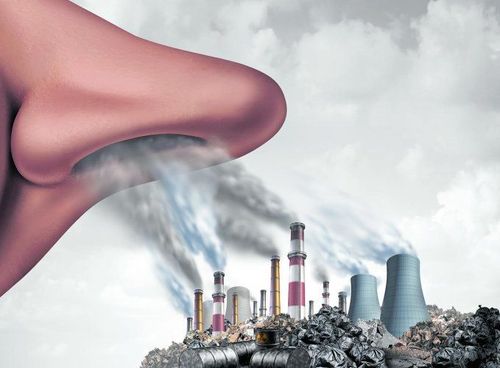
Bụi ở các đô thị lớn chủ yếu sinh ra từ nhà máy, khí thải giao thông, công trình xây dựng
5. How to protect health when the air is polluted
To be able to protect the health of yourself and your family from the link between air pollution and cancer, the first thing to do is to radically reduce the sources that generate and disperse dust. At the same time, prioritizing the use of transport means with environmentally friendly fuels.
Along with that, it is necessary to green the living environment and raise the awareness of environmental protection in each person and community. If not necessary, stay away from sources of air pollution, when going out, wear a mask.
In addition, it is also necessary to improve the immune system by planning a meal with a nutritious diet, green vegetables, vitamin-rich fruits... to help form and maintain the mucosal layer. in the respiratory tract and digestive tract, helping the body to fight cell damage, increase oxygen supply to cells.
Please dial HOTLINE for more information or register for an appointment HERE. Download MyVinmec app to make appointments faster and to manage your bookings easily.




